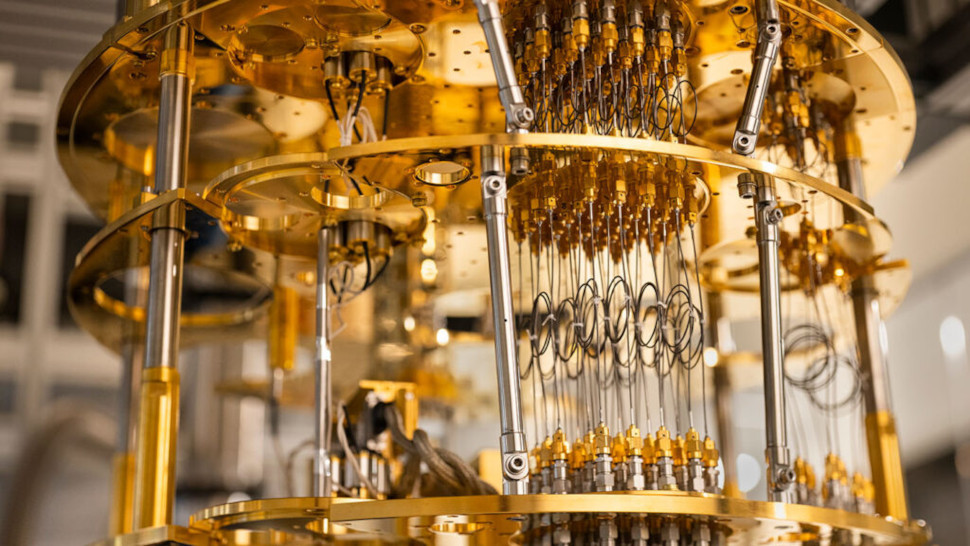Microsoft has developed a whole new kind of qubit to accelerate quantum computing
Microsoft says it has made a big leap in the race for quantum computing

Microsoft has announced a breakthrough in the race for quantum supremacy, as the next wave of computational power comes further into view.
The ultimate goal – building a viable and useful quantum computer – is still thought to be some way off, especially given the complex workloads expected of such a machine. But these incremental steps could have big ramifications in the future.
The breakthrough, according to Microsoft, relates to its ability to sustain a quantum bit, which the company calls a “topological qubit”. Researchers explain that they have discovered the phenomenon known as the Majorana zero node.
Qubit breakthrough
“We have discovered that we can produce the topological superconducting phase and its concomitant Majorana zero modes, clearing a significant hurdle toward building a scaled quantum machine,” says Microsoft’s Dr. Chetan Nayak.
“The explanation of our work and methods … shows that the underlying physics behind a topological qubit are sound—the observation of a 30 μeV topological gap is a first in this work, and one that lays groundwork for the potential future of topological quantum computing,” he continued.
“While engineering challenges remain, this discovery proves out a fundamental building block for our approach to a scaled quantum computer and puts Microsoft on the path to deliver a quantum machine in Azure that will help solve some of the world’s toughest problems.”
The exact technical details are complex and, well, technical and we recommend reading the blog post for more details.
Are you a pro? Subscribe to our newsletter
Sign up to the TechRadar Pro newsletter to get all the top news, opinion, features and guidance your business needs to succeed!
Taking a step back, quantum computing is the current fascination of Microsoft, Google, IBM, Amazon, and many other huge technology companies because of its huge potential.
Unlike the current binary computing model, where operations have a value of either 0 or 1, quantum computing promises to allow for states in between, meaning that both 0 and 1 are possible at the same time. This is achieved through quantum bits, or qubits.
The exact use cases for such machines are still fairly unknown but such enormous computing power will almost certainly be useful for analysing huge amounts of data, such as for molecular research.
We’re still many years off from having a working quantum computer – and even more from you owning one – but the ramifications are huge.
- Here's the best cloud storage around today
Max Slater-Robins has been writing about technology for nearly a decade at various outlets, covering the rise of the technology giants, trends in enterprise and SaaS companies, and much more besides. Originally from Suffolk, he currently lives in London and likes a good night out and walks in the countryside.